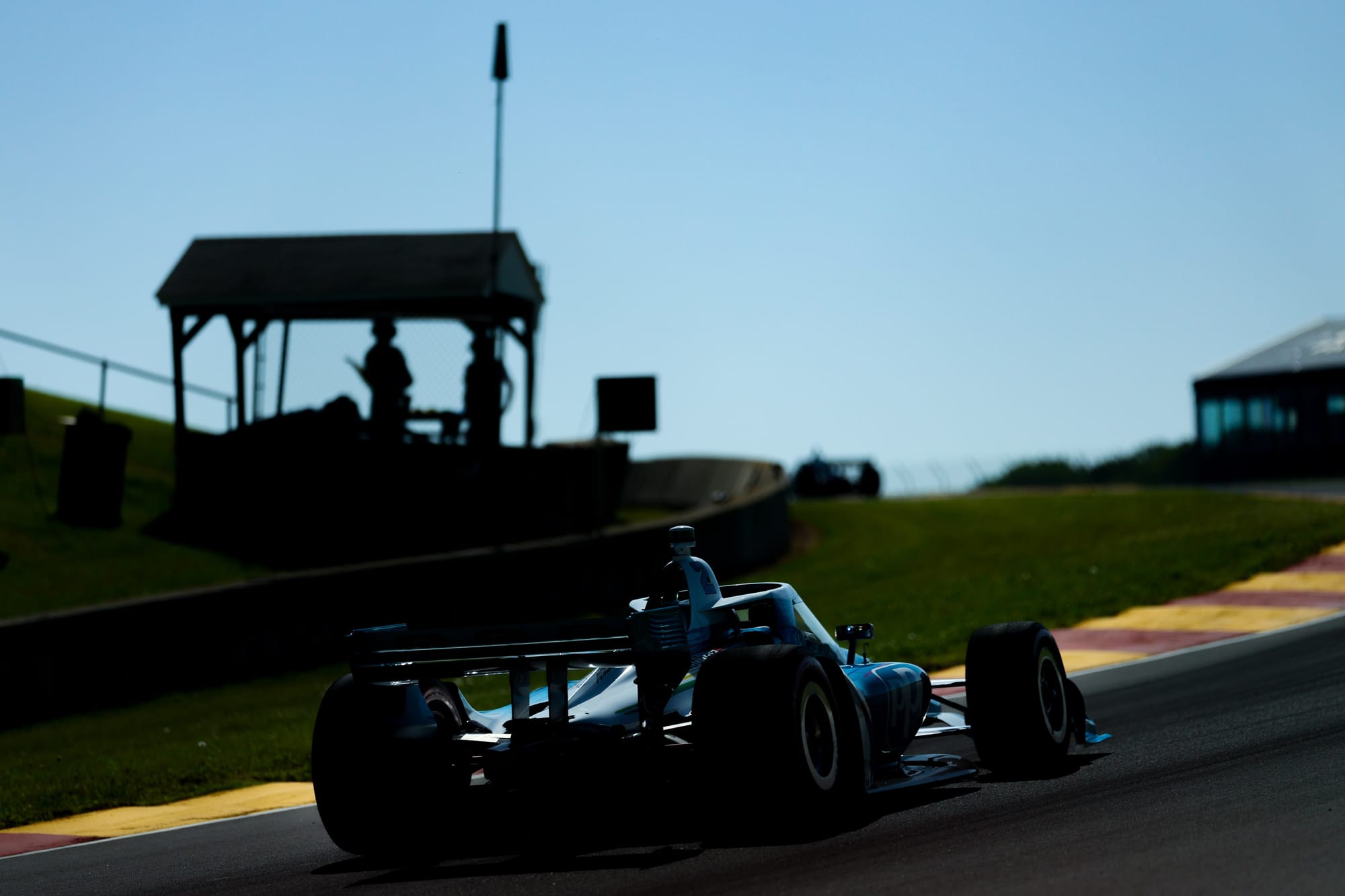Callum Ilott is 26th in the IndyCar standings right now, second last of the full-time drivers. His rookie team-mate Robert Shwartzman bagged the rookie Prema team's first pole at the Indianapolis 500 no less, and also scored the team's first top-10 result at Gateway two races ago.
Ilott's best finish by comparison is 15th, and he's 26 points behind Shwartzman in the standings.
It doesn't make for great reading.
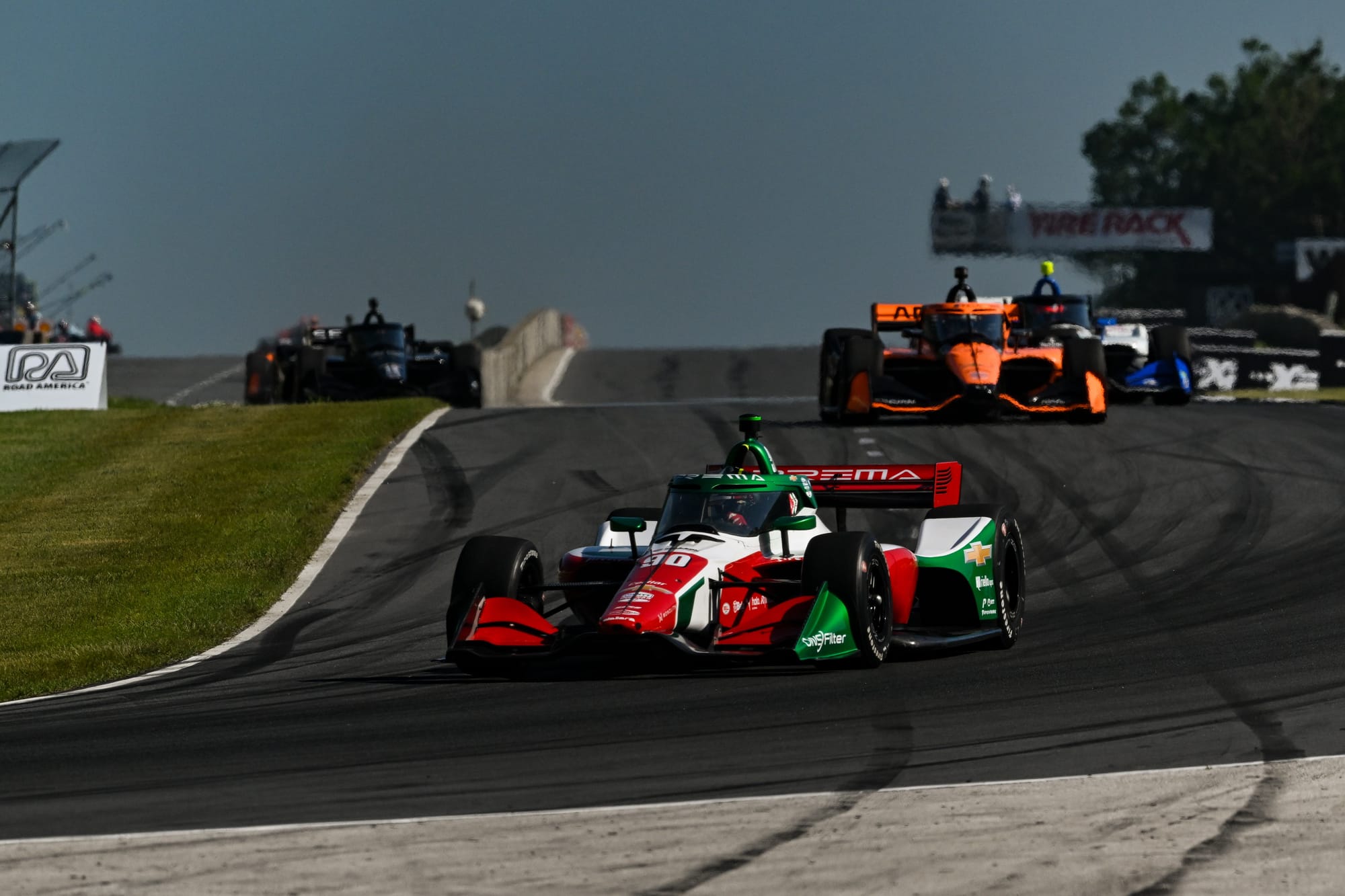
But as is so often the case in IndyCar, while people often only remember the end result, there's far more nuance to that discrepancy and in the last four races especially, Ilott has been in far better form than the points table even gets close to showing.
He gave the team what would've been its best result of the season at that point at the Indy 500 in late-May, with 12th, before being disqualified for an illegal front wing. That was a tranche of points gone.
On to Detroit, where he was running on the fringes of the top 10 when a wheelgun broke at his final pitstop.
At Gateway, he was a caution away from winning when an admittedly ambitious strategy put him into the lead late on - Ilott had the pace to run up there - but had to pit when no caution emerged. On a safer strategy, Shwartzman took the top 10 that Ilott could also have had with the same tactic.
Most recently at Road America he qualified ninth - the team's best qualifying result on a road or street course - but another slow final stop put him back in traffic and he finished 15th.
If you undo this misfortune, he'd easily be on par with Shwartzman in the points and maybe ahead.
That's all would of, could have, should have, of course.
"Championship-wise, it's really bad; it's not a nice thing to see, to be so far down," Ilott tells The Race, discussing his expectations for the rest of the season.
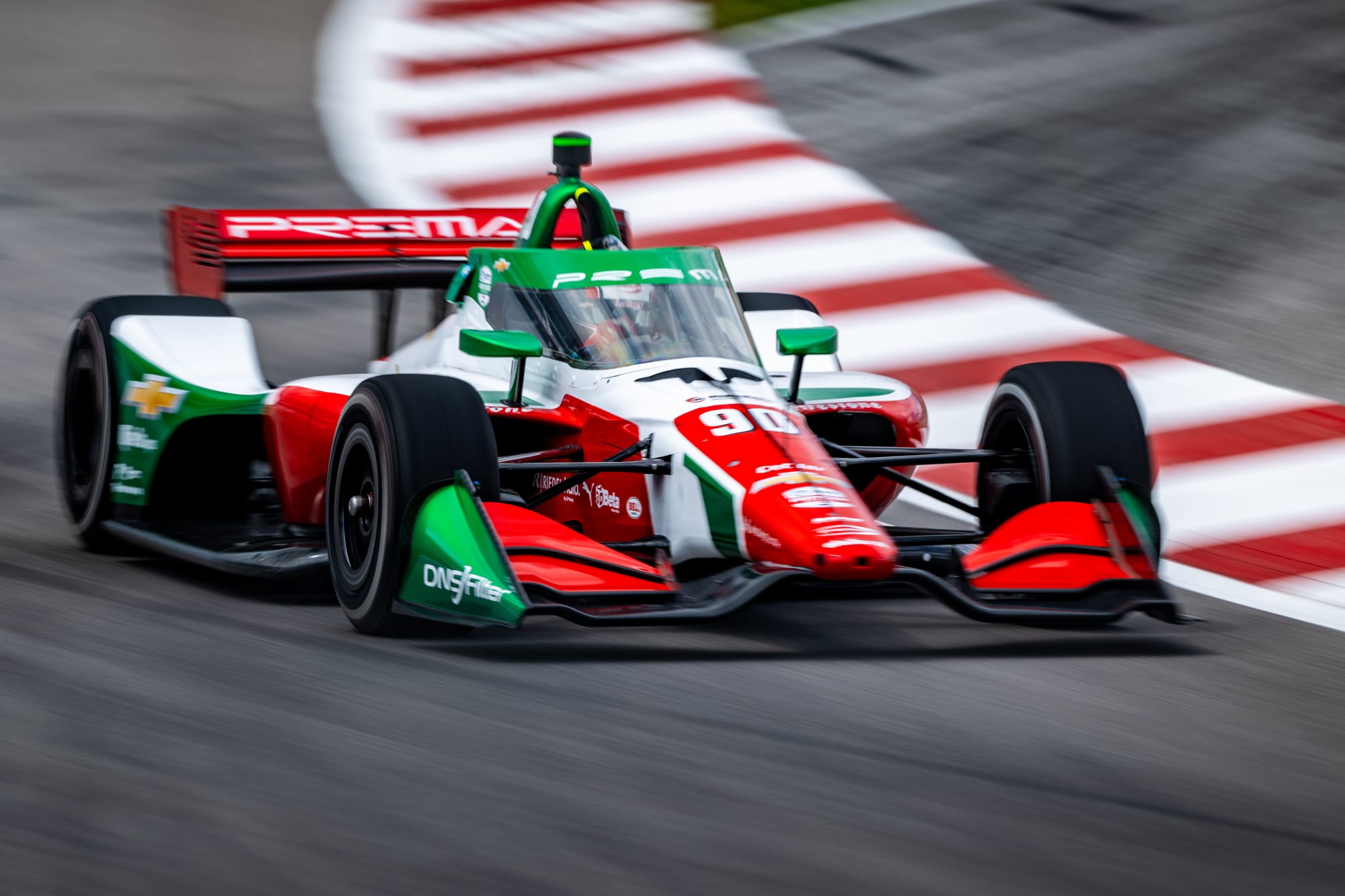
"But in terms of the potential and just finishing off the races where we kind of were tracking [towards the front], we should be knocking on the door of the top 10 very consistently; that's what we have been doing the last four races but just kind of getting to a point in that last stint where either something's happened or we had a bad pitstop or something like that.
"So I think we'll have a massive improvement results-wise from the first half of the season."
The first half of the season was something of a write off and it's barely even worth going into the vagaries of why both Prema drivers have finished where they have, such have been the litany of issues, which is to be expected for a new team with new equipment, starting out in one of the most competitive single-seater series in the world with no help.
But one of the biggest was the car was not compliant.
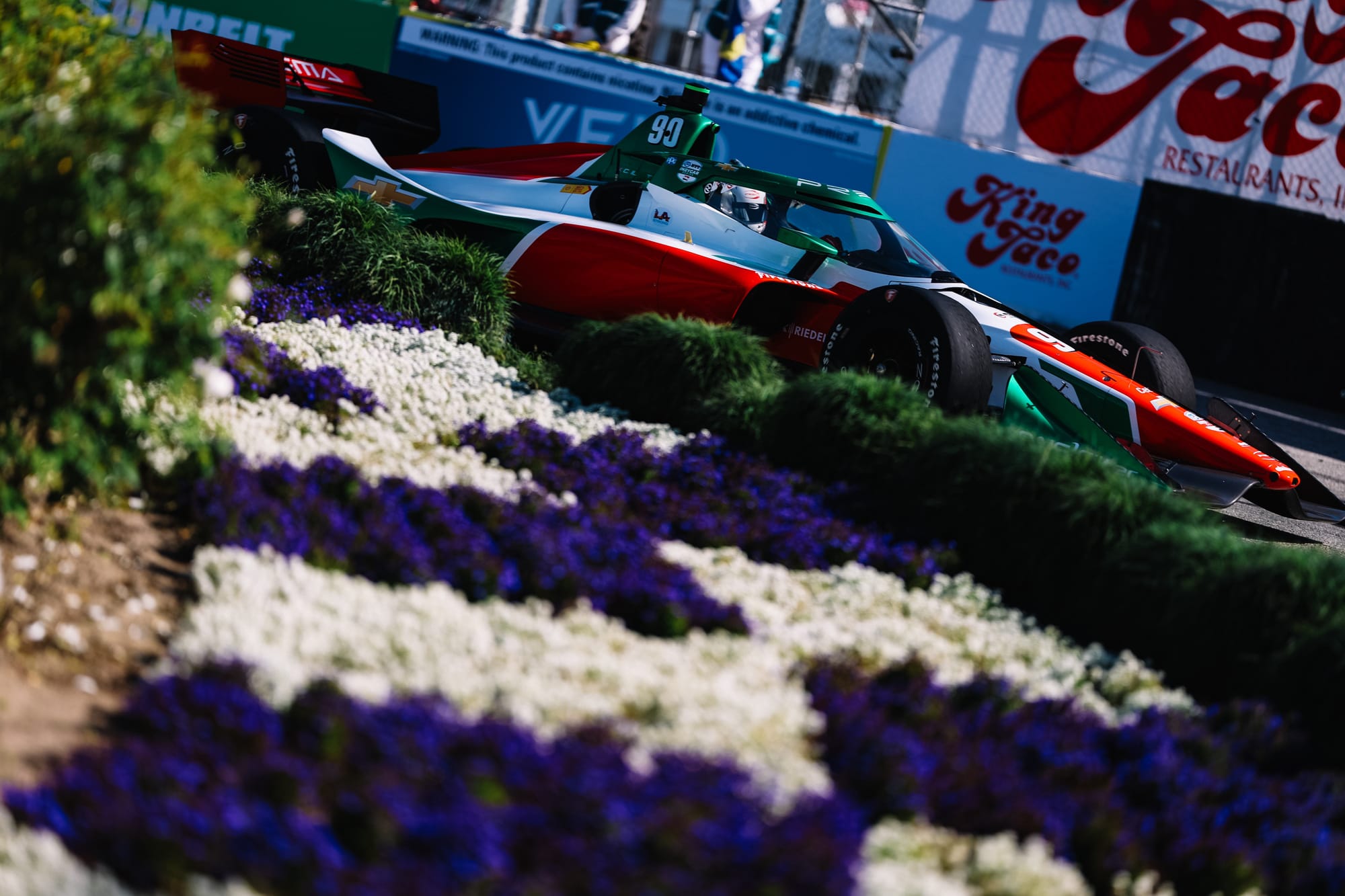
"Probably until Long Beach, we just had the wrong approach and it was evident that we needed to make a few changes on the car side," adds Ilott.
"It was pretty clear the areas we were lacking and we needed to change. The car was not nice to drive, even in a qualifying sense, it was very hard to put anything together.
"We did a pretty solid job in the races, all things considered. It was Barber [in early May] where we just kind of got the car to click in a better way. And from there, we've made step by step improvements and starting to be a more regular occurrence in the midfield."
The aforementioned pitstops have been a big issue. In terms of the actual physical act of changing tyres and putting in fuel, the team has been working with performance company Hintsa, which works with a lot of Formula 1 drivers and teams across motorsport in all aspects of human performance.
But what is talked about less is the hardware of an IndyCar pitstop and starting from scratch, that's been a massive area of loss for Prema. Because it's not a case of just training to make people change tyres faster. It's a lack of hardware that can't necessarily be upgraded - or introduced - overnight.
Teams can develop wheelguns that cost tens of thousands of dollars, but there's another area that Prema is suffering in as well.
"The speed of the fuel flow," Ilott explains. "Obviously that is something that the top teams get very close to six seconds with. We're on the higher end of eight seconds and you just get crushed on that.
"So if you make any mistake in and around putting it in and out, you just you're adding seconds to the numbers. That's something that shall we say, the smaller teams, lack on."
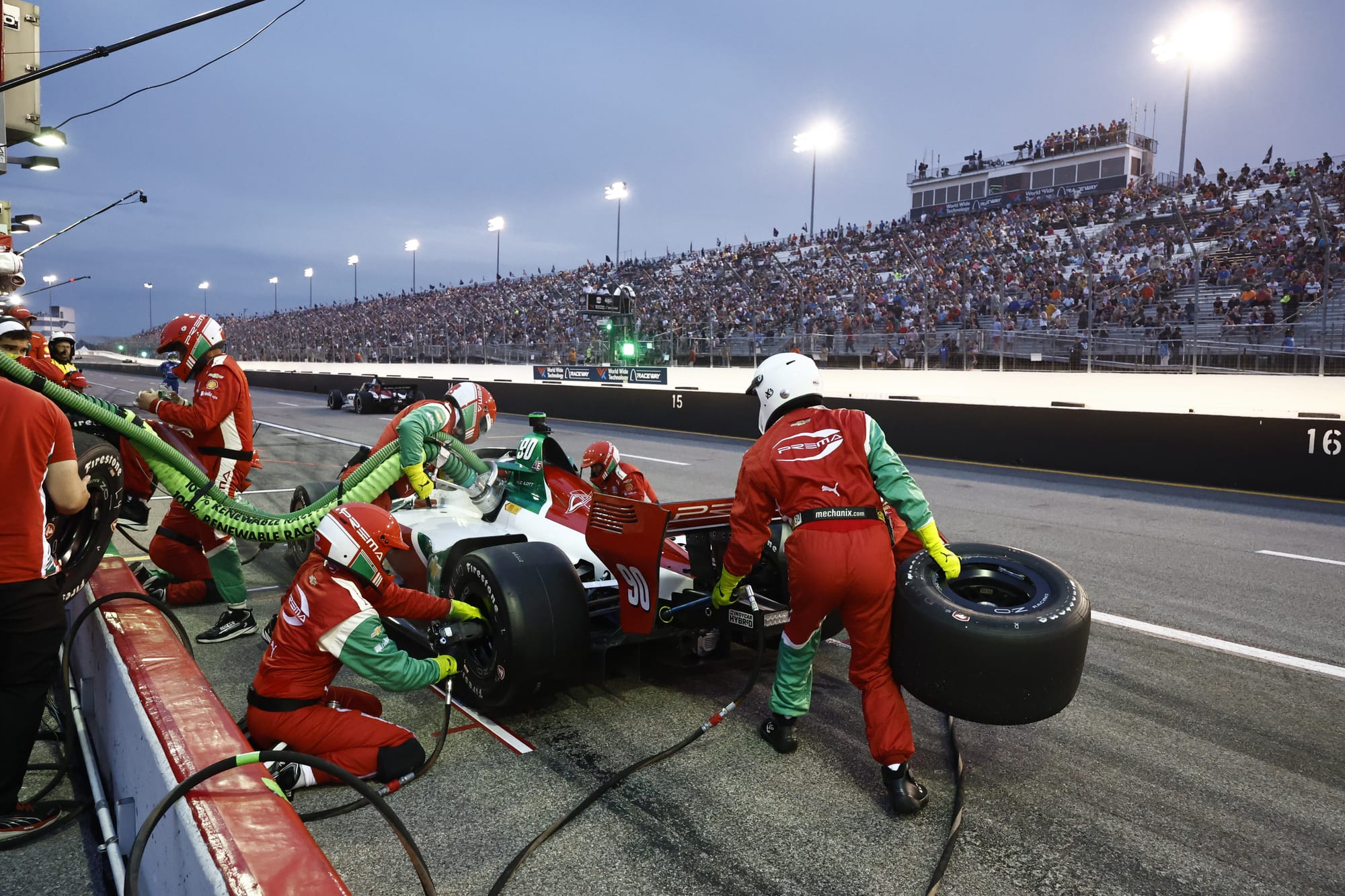
Dwell on that for a second. Before any inlaps or outlaps on track, or anyone has laid a hand on the car to change anything, this team is giving up as much as two seconds in a pitstop just because it isn't getting the fuel in as quick as the top teams. That's a big loss for a single element of a pitstop most people wouldn't even know is a thing.
All of that gives you an idea of some of the things that add up for a new team entering a series with no help, and which hasn't had enough time to develop in all sorts of areas to extract the maximum.
That means Ilott's regular running in and around the top 10 - and Shwartzman's, to a lesser extent - over the latest four-race run is as impressive as almost anything else you're seeing happen in the series right now.
Sadly, the nuance of this is overlooked by many and a driver who is both extremely good and doing a great job as a team player this year is not getting the credit for it.
'You're only as good as your last race', so the saying goes. But I think that saying could also be 'You're only as good as the perception of your last race'.
It's important to dig deeper to understand what we're seeing. Ilott's a prime example of that.



